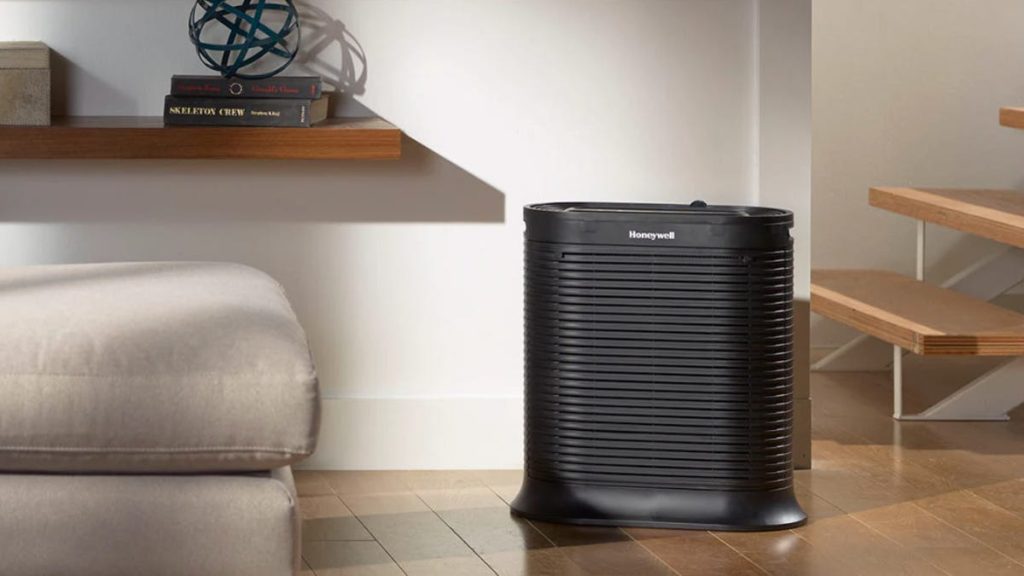In a study conducted at CNET Labs in Kentucky, 14 popular air purifier models were tested for performance, energy consumption, and noise level. The goal was to determine which air purifiers offered the best performance in terms of particle removal efficiency, energy consumption, and quietness, while also evaluating their features and value. The study aimed to create a better understanding of the science behind air purifiers and how they can improve indoor air quality.
The study focused on particle removal efficiency, as the air we breathe contains a mixture of human-generated and naturally occurring particles. Particles of less than 10 and 2.5 micrometers in diameter, known as PM10 and PM2.5, pose the greatest risk to human health as they can penetrate deep into the lungs and bloodstream. Air purifiers are designed to remove these particles from the air, but the study aimed to test how effectively they do so. By exposing each air purifier to particle-saturated air in a test chamber, the researchers were able to assess how quickly and efficiently the air purifiers were able to improve air quality.
To quantify the amount of particles and ensure accurate testing, custom-made smoke bombs were used in the test chamber. A particle counter was used to measure the particle count in real-time and track the impact of each air purifier. The testing procedure involved running the air purifiers at different fan settings to observe their range of operation and effectiveness in reducing particle count. The results of the particle removal tests revealed how quickly each air purifier was able to bring the particle count back to breathable levels.
In addition to particle removal efficiency, the study also measured the noise level of each air purifier at different fan settings. This test was important for those planning to use an air purifier in their bedroom or other quiet spaces. The results showed how loud each air purifier was at low, medium, and high fan settings, allowing consumers to choose a quieter option if needed. Energy consumption was also measured using a device called Kill-a-Watt, allowing consumers to estimate the monthly cost of running each air purifier nonstop at different fan settings.
Overall, the study provided valuable insights into the performance, energy consumption, and noise level of popular air purifier models. By conducting rigorous tests in a controlled environment, the researchers were able to compare and evaluate the effectiveness of each air purifier in improving indoor air quality. The results of the study can help consumers make informed decisions when choosing an air purifier that best fits their needs and preferences.


